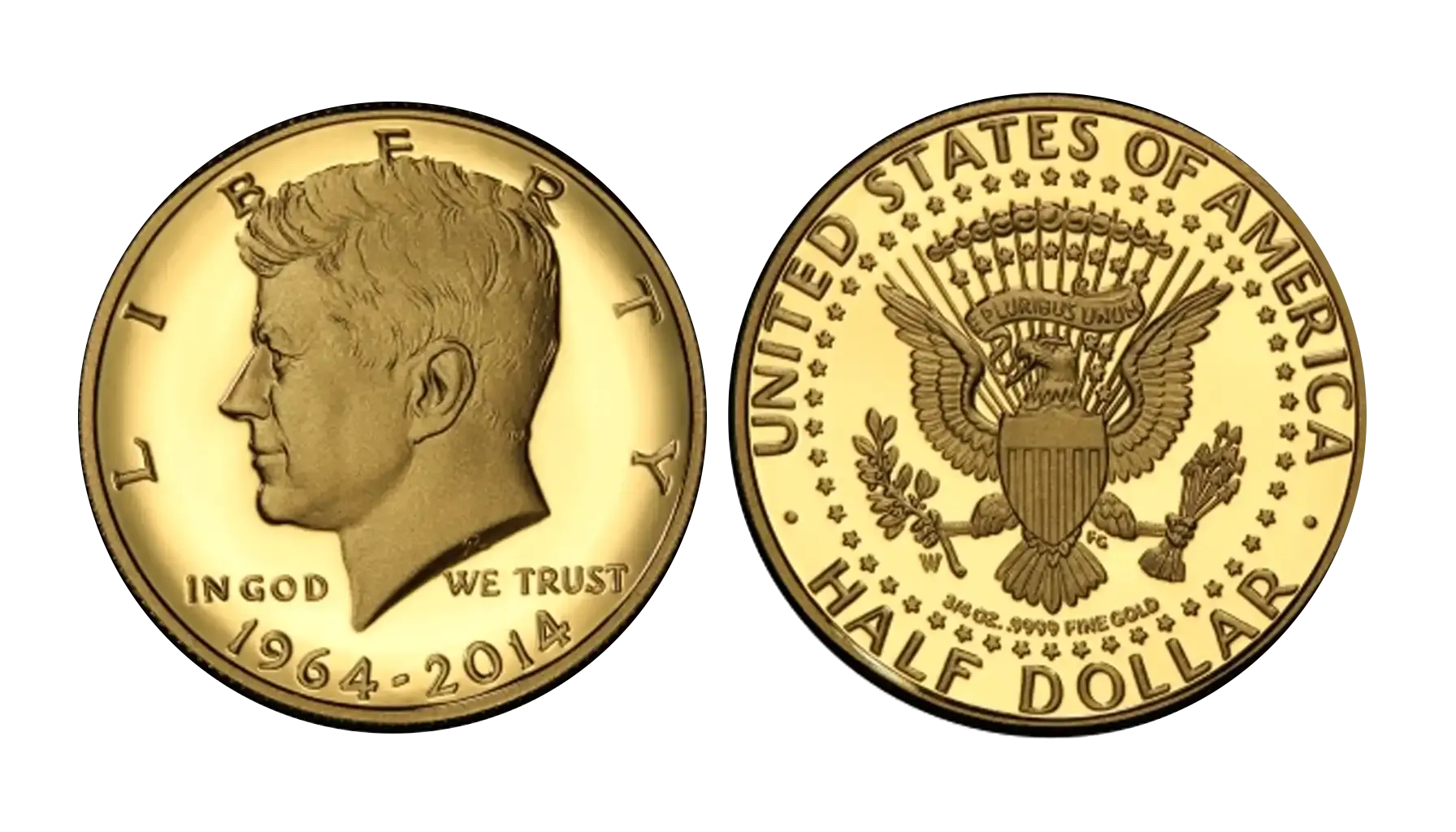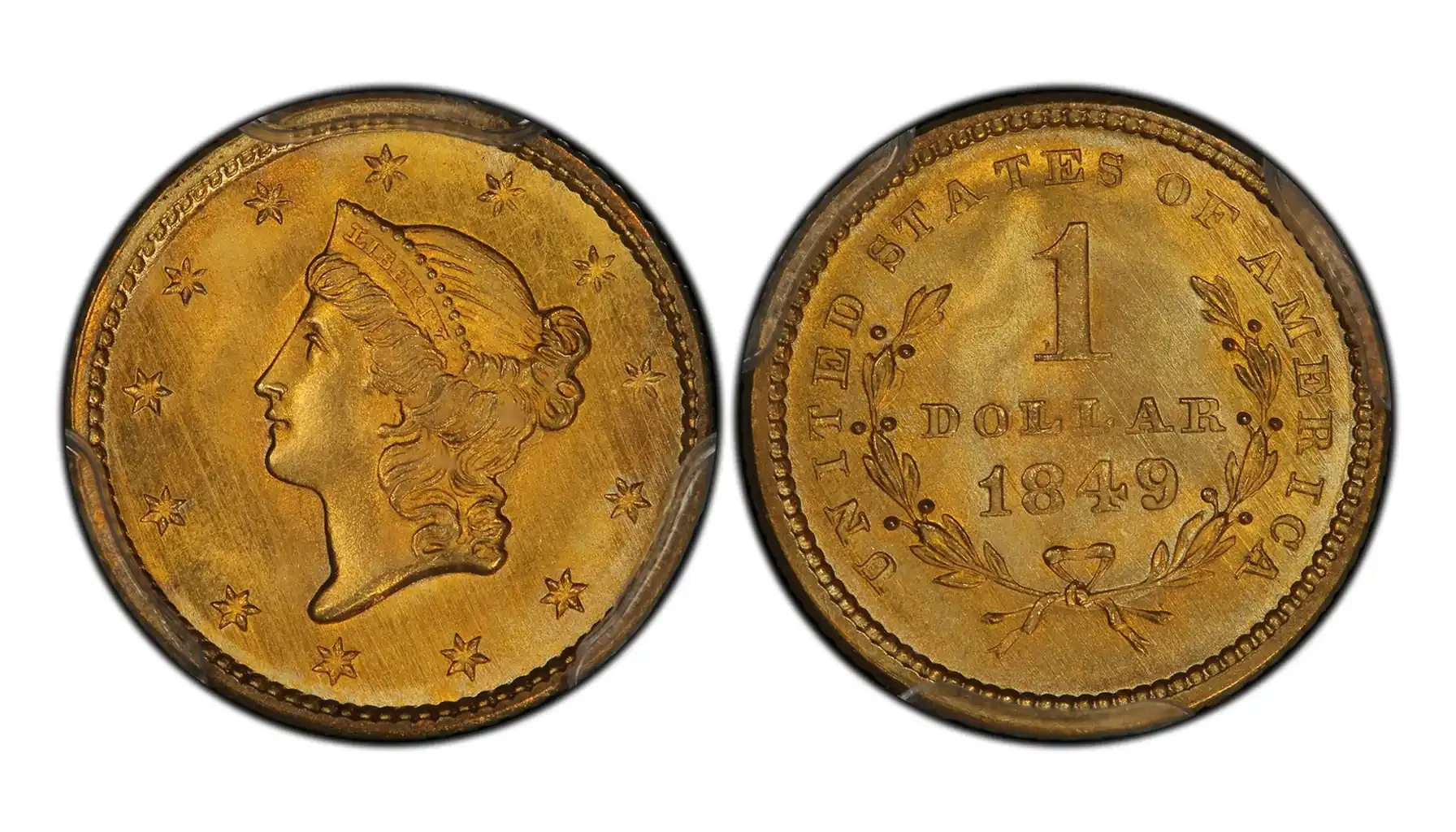Contents:
As the world was enveloped in the flames and devastation of wartime, changes were not only in political and social realities but also in people's daily lives. Even familiar objects, like coins, also found themselves at the center of economic transformations associated with the scarcity of resources. And wartime coins became a symbol of sacrifice as well as a means of payment.
So, here we would like to learn more about the stories of wartime coins, which reflect the spirit of the era, and learn something about AI coin identification that is useful for numismatists from everywhere.
Wartime Coin Collection 1943: American Legacy Shown in Coins
The Second World War demanded huge economic resources. Metals (copper and nickel) became strategically important for the war industry - they were used to produce weapons, equipment, and ammunition. Under these circumstances, the countries participating in the war were forced to change the traditional methods of coinage, sacrificing the usual materials in favor of alternative ones. This is especially evident in US coins from the war.
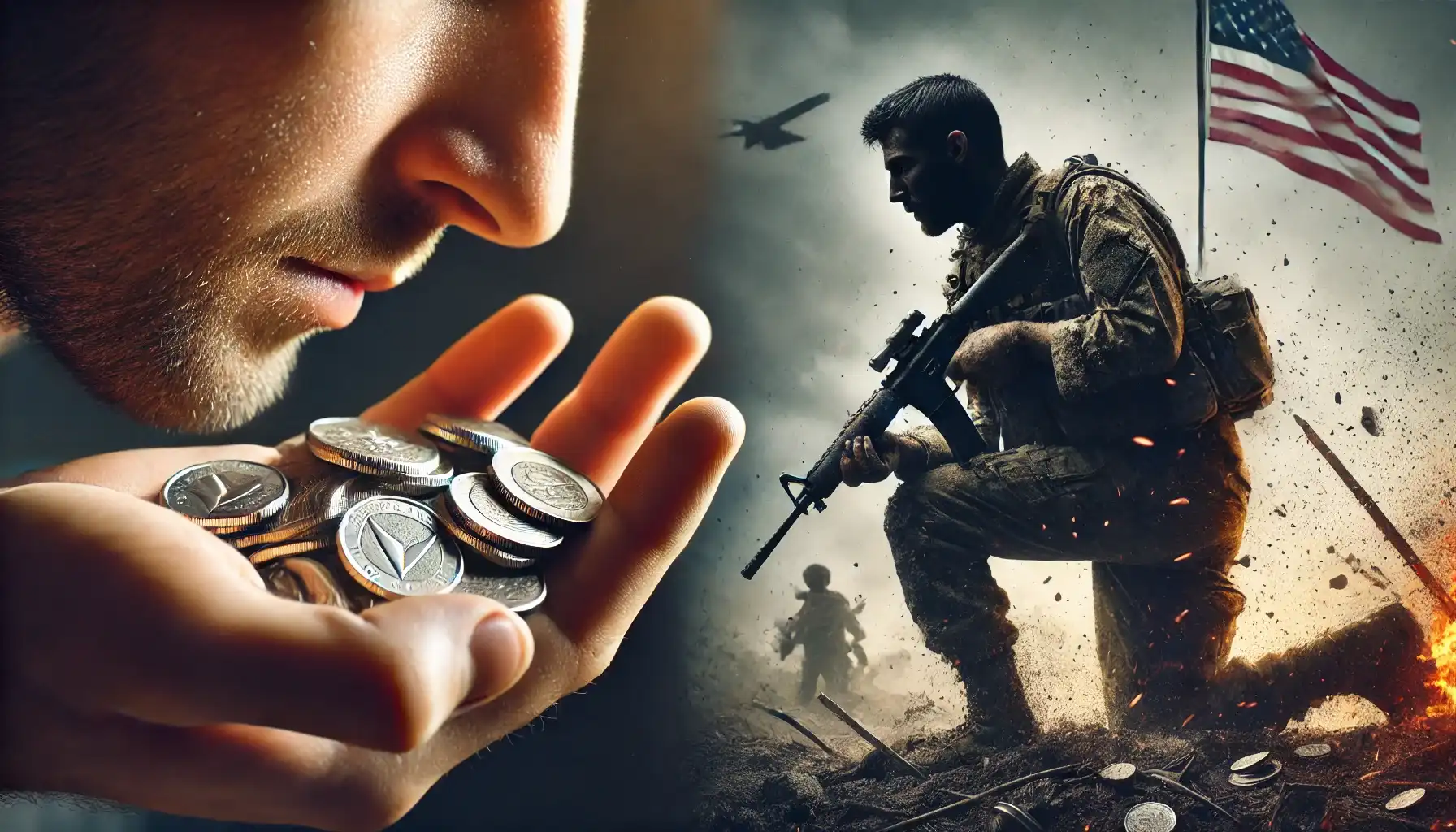
Steel Pennies 1943
One of the most famous and unusual coins of the period was the 1943 steel penny. These cents were minted exclusively in 1943 when the copper shortage in the United States reached a critical point. Usually, cents were minted from a copper alloy, but during the war, copper was needed for the war industry (it was used to make cartridges and other ammunition).
To make up for the shortage, in 1943, the government decided to switch to steel, which was coated with a thin layer of zinc to protect the metal from corrosion.
The 1943 steel penny is easily recognized by its silvery luster, which sharply contrasts it with other copper coins. Although the coin was strong, its zinc coating rapidly wore off, and some specimens rusted.
The Main Characteristics of the 1943 Steel Penny
Characteristics | Description |
Obverse | Abraham Lincoln profile (sculptor: Victor David Brenner). Inscriptions: “IN GOD WE TRUST”, “LIBERTY”, year of issue “1943”. |
Revers | A pair of wheat ears surrounding the inscriptions “ONE CENT” and “UNITED STATES OF AMERICA”. The motto “E PLURIBUS UNUM” above the ears. |
Composition | Zinc-coated steel |
Diameter | 19.05 mm |
Weight | 2.7 grams |
Circulation | Philadelphia (P - 684,628,670), Denver (D - 217,660,000), San Francisco (S - 191,550,000) |
Also, an example of the rarest coins of the time was the 1943 copper pennies issued by mistake. They were minted from leftover copper material and are extremely rare. These coins are valued among collectors for their originality and can be worth a fortune at auctions.
An Interesting Fact
1943 wartime steel cents (pennies) 3-Coin Set, i.e. a set including 3 steel pennies with different mint marks “P”, “S”, and “D” (set of 3 coins minted at three different mints) is very popular among collectors. Though the coin metal has no investment value, the set is a symbol of American patriotism and sacrifice during the war period.

Canada’s Superman coins are also important for collectors although they are not very expensive.
Military Nickels: Silver and Symbols on Five Cent Coins
Issuing a military nickel with silver was the unique solution that allowed the US to save strategically important resources while providing the country with a full-fledged coin. At the same time, silver improved the physical properties of the coin and made it more durable. So, at that time five-cent coins were composed of copper (56%), silver (35%), and manganese (9%).
The Basic Characteristics of War Nickels 1942-1945
Characteristics | Description |
Obverse | Profile of the third President of the United States Thomas Jefferson, designed by sculptor Felix Schlag. The obverse of the coin also contains the inscriptions “IN GOD WE TRUST”, “LIBERTY”, and the year of minting. |
Reverse | The image of Jefferson's home in Monticello. A large mint mark (P, D, or S) indicating the place of minting is shown above the building. The coin has the inscription “MONTICELLO” at the bottom, “FIVE CENTS” below it, and “UNITED STATES OF AMERICA” along the bottom. The famous motto “E PLURIBUS UNUM” is engraved above the building. |
Composition | Copper (56%), silver (35%), manganese (9%). |
Diameter | 21.21 mm |
Weight | 5 grams |
Mints | Philadelphia (P), Denver (D), San Francisco (S). |
1942-P 5C
1942-P was the first five-cent coin to contain silver. The issue began in late 1942, and it was the first time in U.S. history that the Philadelphia Mint placed its “P” mintmark on a coin.
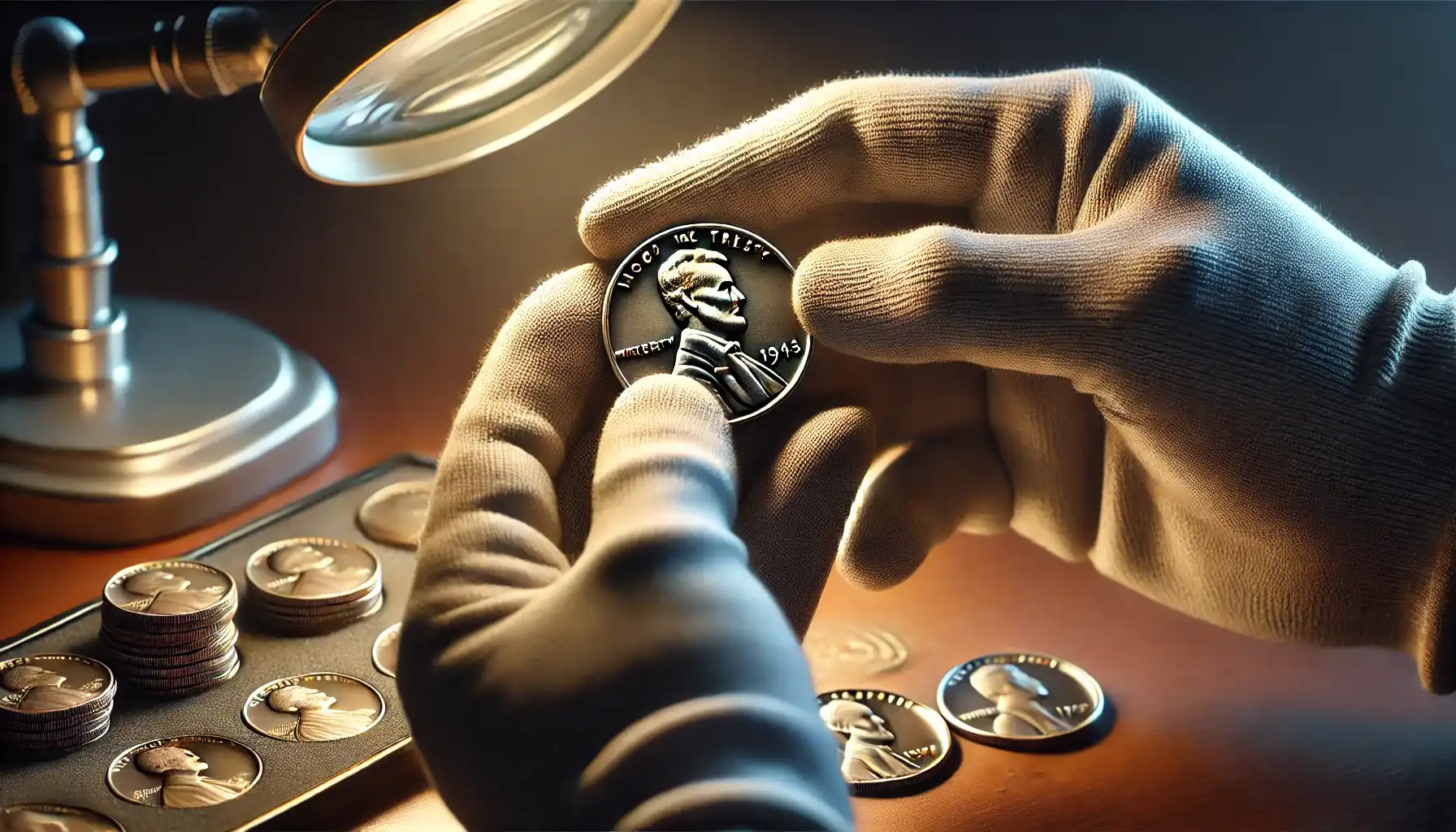
1943-D, 1944-D, 1945-D 5C
1943-D, 1944-D, 1945-D are military nickels containing 35% silver. They were minted in Denver and bear the mint mark “D”. As for 1942-D, the coin has no silver in its composition, so 1942-D is not always mentioned and considered as military nickels.
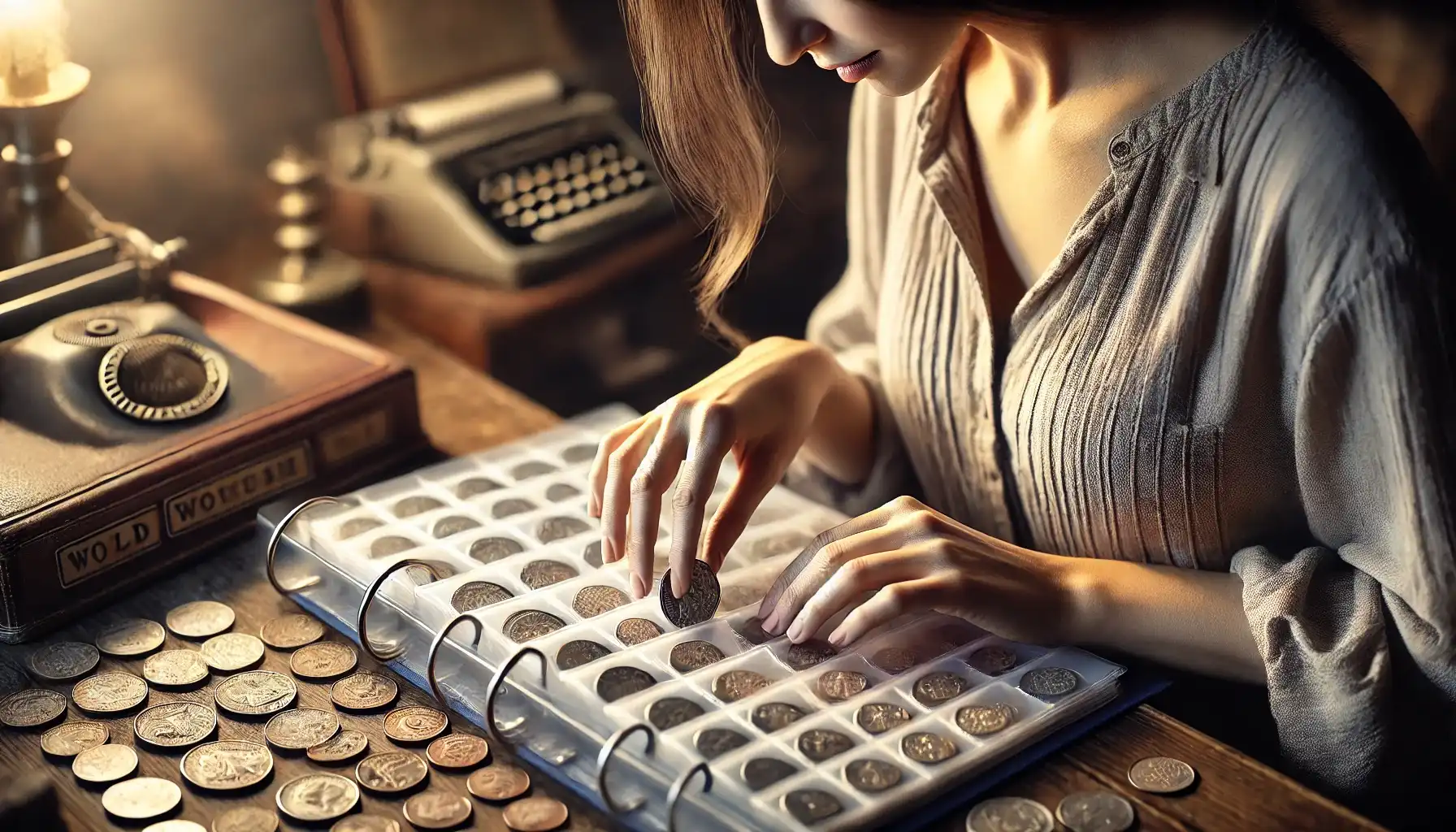
1943-P 5C
1943-P is one of the most widely issued war nickel coins. Its silver luster made this coin easily recognizable among other war coins.
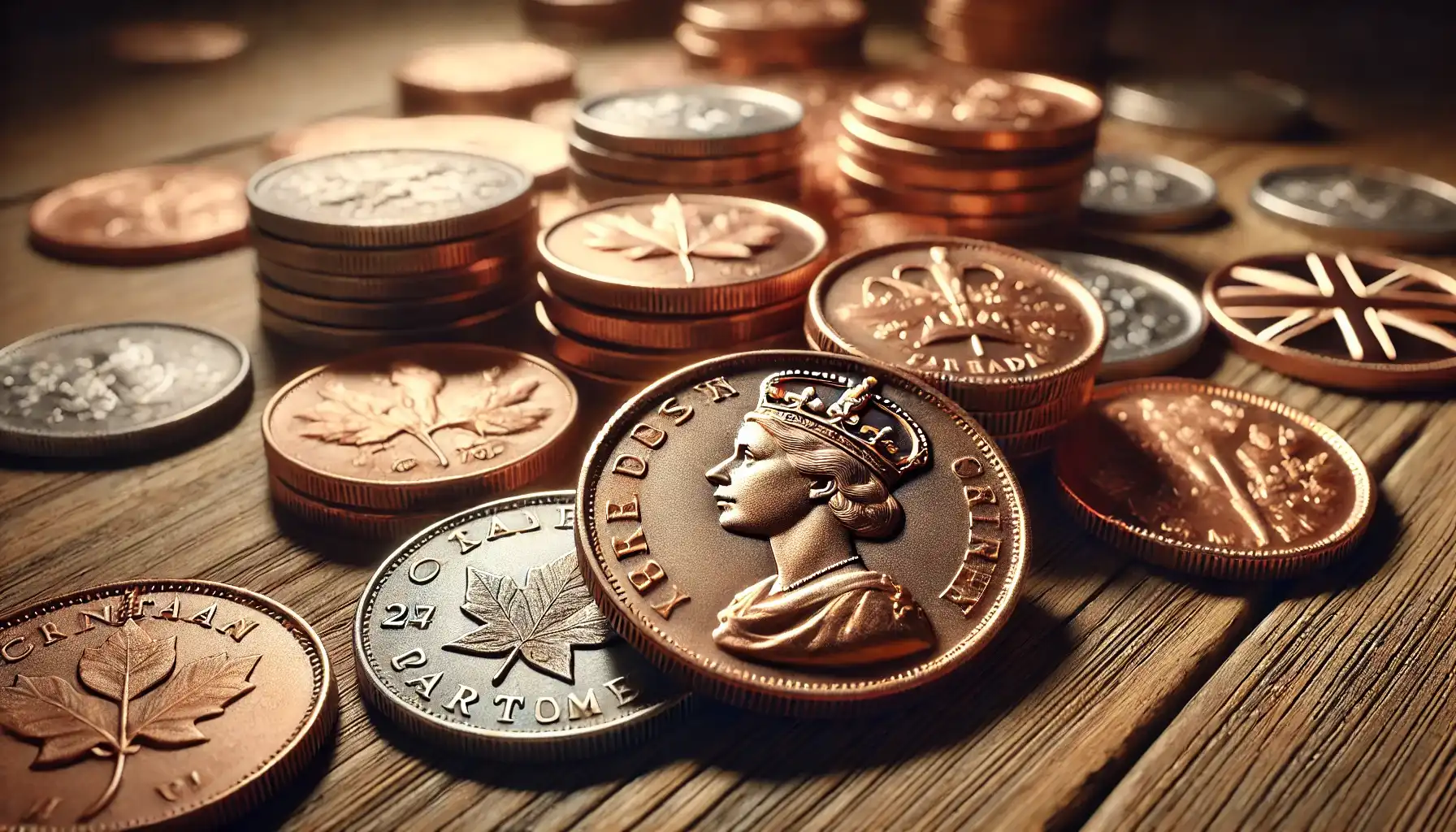
1945-S 5C
1945-S was the last issue of war nickels minted in San Francisco. These coins were the final issue of nickels containing silver and were minted near the end of the war.
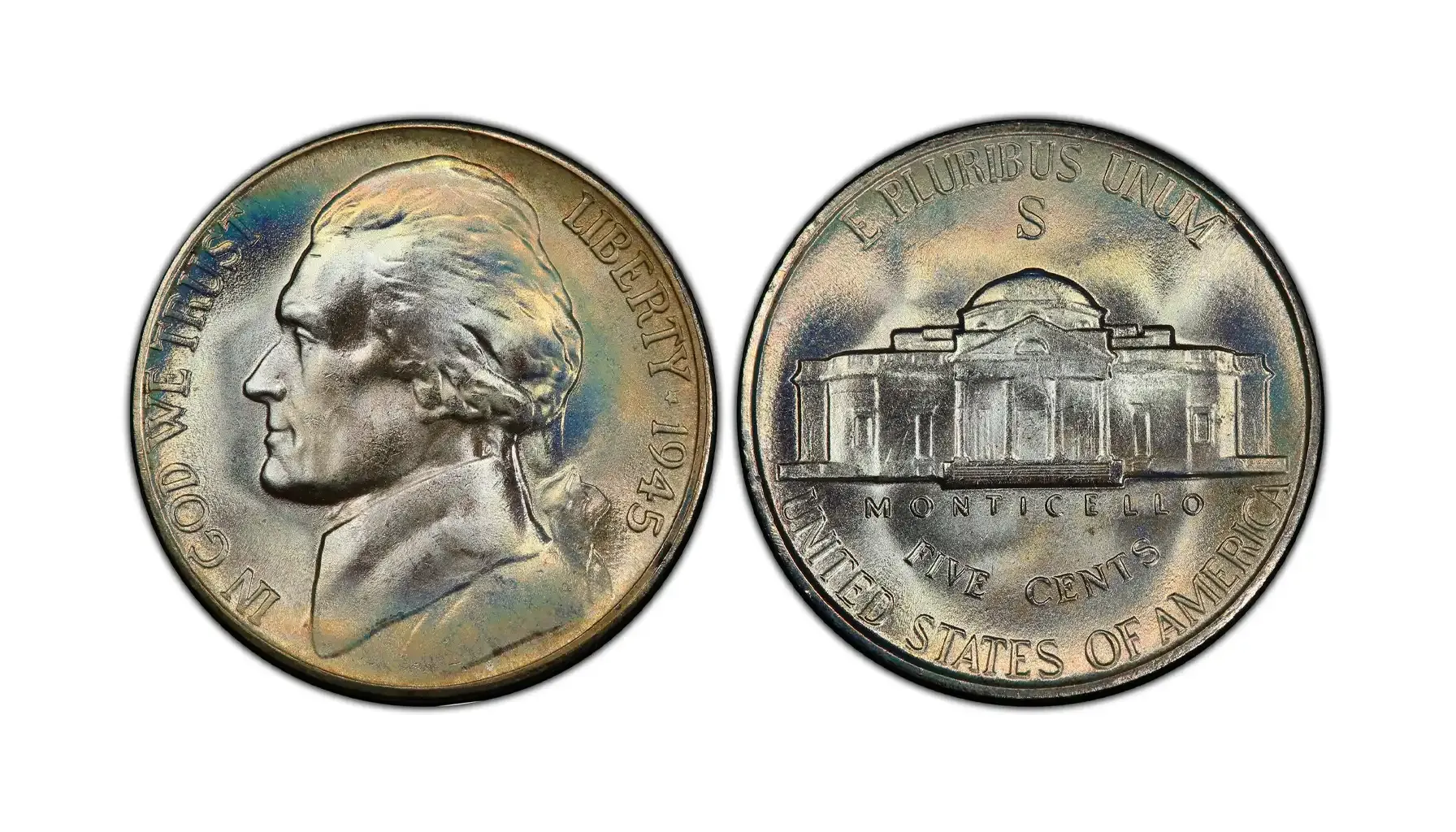
An Interesting Fact
A special feature of these nickel coins is the silver inclusion in the alloy, giving them added collector value. This material adds a slight silvery luster to the coins, especially in excellent condition. Additionally, the mint stamp was also a revolutionary innovation at the time. This mark helps collectors to easily identify wartime coins (it was struck larger than usual).
Allied Coins: Contributing to Overall Victory
During World War II, changes in coin alloys affected not only the United States but also other allied countries that were identically faced with resource shortages.
The United Kingdom, Canada, Australia, and other countries took steps to conserve strategically important resources by replacing traditional minting materials with more affordable ones. For example, in Great Britain, the one and two-pence coins, previously minted from bronze, began to be made from copper with additions of zinc (to save bronze for military purposes). In Canada, there were also significant changes: nickel, which was used for armor, was replaced by chrome-coated steel.
Example

In 1944, Canada issued a 5-cent coin made of chrome-plated steel instead of the traditional nickel. The coin featured a portrait of King George VI on the obverse and the letter “V” for Victory on the reverse. These coins were also named "military" and became a symbol of Canadian austerity during the war.
World War II coins are not just money, but the keepers of the memory of a time when people faced the hardest challenges. 1941 coins are also examples that were not mentioned in this article. Each coin demonstrates its own story, due to which we are able to understand our past and save the memory of sacrifices and triumphs.
And today's collectors, due to Coin ID Scanner, can easily identify rare military coins, e.g., steel pennies or nickels, check their condition, and find out their market value. The application allows you to quickly recognize coins by photo, check their authenticity and rarity to help you add new artifacts of hard times to your collection, and always remind you of the price of peace and freedom.

